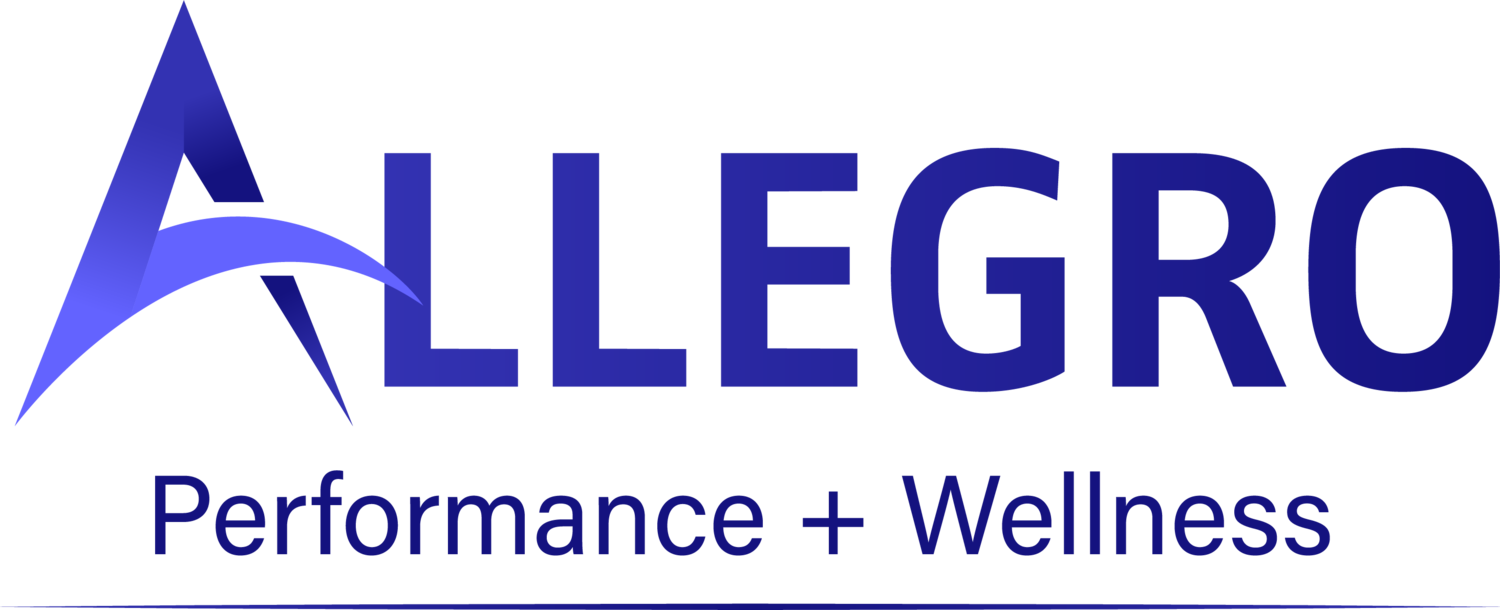Free Resources
Webinars
This training is open to all dance studio owners and dance teachers who are invested in helping their dancers manage injuries and reach their fullest potential!
It will cover:
Defining what a dance injury is and how to identify it
Differentiating different types of dance injuries
The current landscape of dance injuries within a studio setting
Strategies that studio owners and dance teachers can use to manage dance injuries when they occur
Resources to create a culture of health and wellness within your studio setting
FREE!
This training is open to all dance teachers, parents and dancers who are interested in deepening their understanding of common dance injuries and how to prevent them.
It will cover:
Defining what a dance injury is and how to identify it
Differentiating different types of dance injuries
Understanding the anatomy and causes of the most frequently occurring dance injuries
Strategies for preventing common dance injuries
FREE!
Do you struggle with knowing if, and when, it’s safe to progress your dancers to training en pointe? Do you experience pressure from students and parents to start pointe work before you feel they are ready?
Join Erika Mayall, registered physiotherapist, for a FREE webinar on Evidence Informed Assessment of Pointe Readiness.
It will cover:
A historical overview of the determinants of pointe readiness
A review of what the current science and research says with regards to assessing pointe readiness
Discussion of the risks and benefits associated with training en pointe
Strategies for implementing evidenced informed assessment of pointe readiness in a studio setting
FREE!
FREE GUIDE
3 Cues for Teachers to Ditch in Dance
Many of the cues commonly used in dance are based on tradition and have probably been passed down to you from your teachers – but have you ever stopped to think about what the cues actually mean or whether they’re anatomically correct (or even possible?!?!).
Today’s dancers are more knowledgeable than ever, especially when it comes to things like anatomy and biomechanics. Using cues that are outdated and anatomically incorrect leaves dancers confused and frustrated when they don’t understand, or can’t execute, the cue in the way it’s being used.
This free guide will give you my top 3 cues that confuse dancers the most, and should be gone for good!














